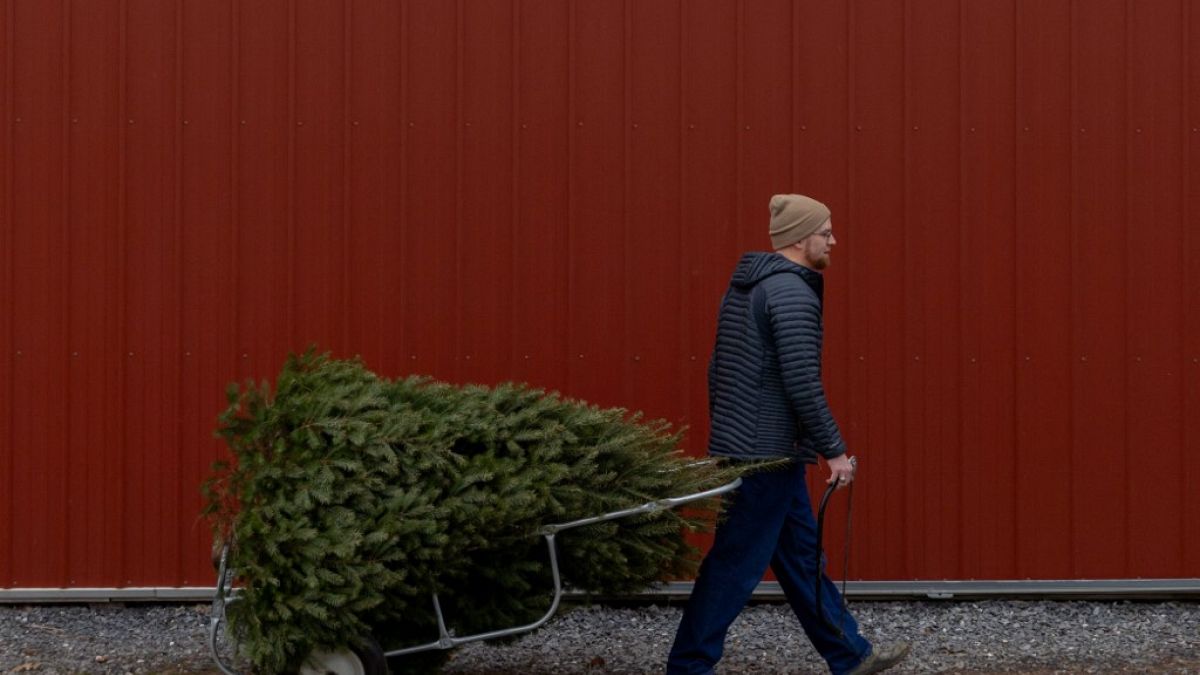For those celebrating Christmas, you may be increasingly concerned about your carbon footprint when it comes to traditional decoration. Let’s get down to the truth.
It’s the annual dilemma... Do you buy an artificial tree that you may or may not reuse or do you get a real one that will for sure be thrown away eventually?
Let’s start with the artificial tree. Nearly 90% of them are shipped across the world from China, according to The Nature Conservancy, a US-based environmental organisation.
These trees are most likely made of polyvinyl chloride or PVC, which produces greenhouse gases when manufactured and is not biodegradable.
In fact, PVC is one of the most difficult plastics to recycle.
According to The Carbon Trust, a two-metre-tall artificial tree produces about 40 kg of carbon dioxide, whereas a similar-sized real Christmas tree, with no roots, creates 3.5 kg CO2 – so more than 10 times less than the artificial one.
But what if you reuse it? You would need about ten to 20 Christmases to keep its environmental impact lower than buying a real tree every year.
But isn’t cutting down real fir trees similar to deforestation? The main problem with real trees is the impact of Christmas tree farms, which in some cases displace natural ecosystems, according to a study by Ellipsos.
Ellipsos also argued it could be a waste to cut down a real tree for one single use before turning it into mulch or compost.
However, buying real trees will help keep tree farms in business. Denmark is Europe’s largest exporter of Christmas trees, producing 11 million trees every year.
In Belgium, Europe’s second-largest exporter, tree producers have an estimated turnover of €35 million, according to the European Commission.
What's the smartest choice?
In the end, the smartest option all depends on each person’s situation. But here are some things you can do to make the greenest choice, according to The Carbon Trust.
- If you get a real tree, make sure it’s locally grown and that you either walk or don’t drive too far to buy it.
- If you get an artificial tree, make it last. Buy it used or keep it as long as you can.
- When done with the tree, make sure to throw it away responsibly by donating it to a new home or turning it into mulch.
